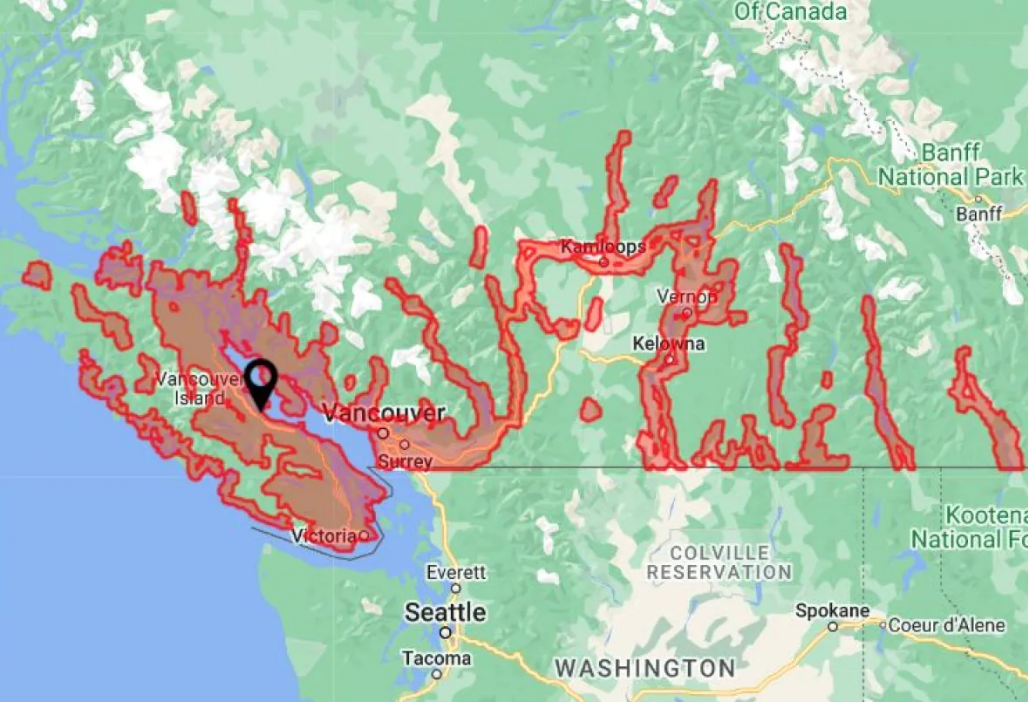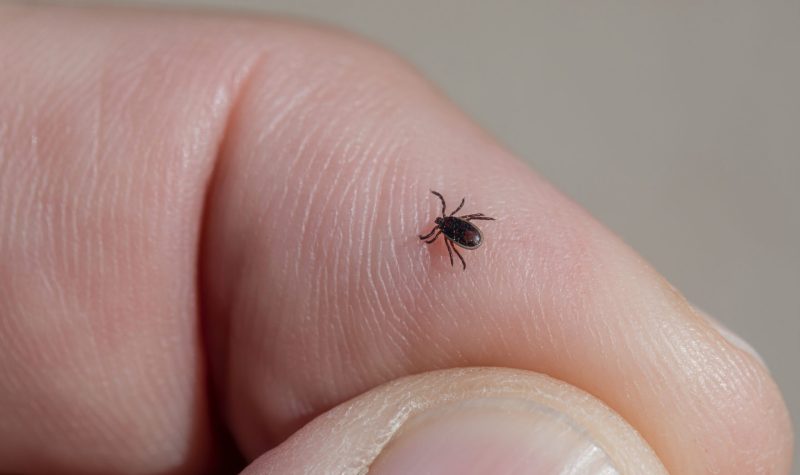Spring and summer is the time to be cautious about ticks and Lyme disease, and this year the B.C. Centre for Disease Control (BCCDC) has created an interactive map to help people see if they reside in a high-risk tick area.
The map notes that people on the South Coast, including Cortes Island, and in the valleys of the southern interior are at greatest risk.

A screenshot of the online map launched by the B.C. Centre for Disease Control shows where the risk of Lyme Disease is highest in the province. Photo courtesy of the B.C Centre for Disease Control.
Lyme disease is caused by the bacteria Borrelia burgdorferi and in British Columbia the western black-legged tick Ixodes pacificus has the biggest threat of carrying it. The greatest risk of tick bite occurs during the spring and summer.
Less than one per cent of western black-legged ticks collected in B.C. and tested by experts were infected with the bacterium that causes Lyme disease, says the BCCDC.
Ticks found by B.C. residents can be identified for free by submitting a photo to etick.ca.
Listen below for more information from Isabelle Laplante, registered nurse at the Cortes Medical Clinic, on the western black-legged tick and Lyme disease treatment and prevention:


